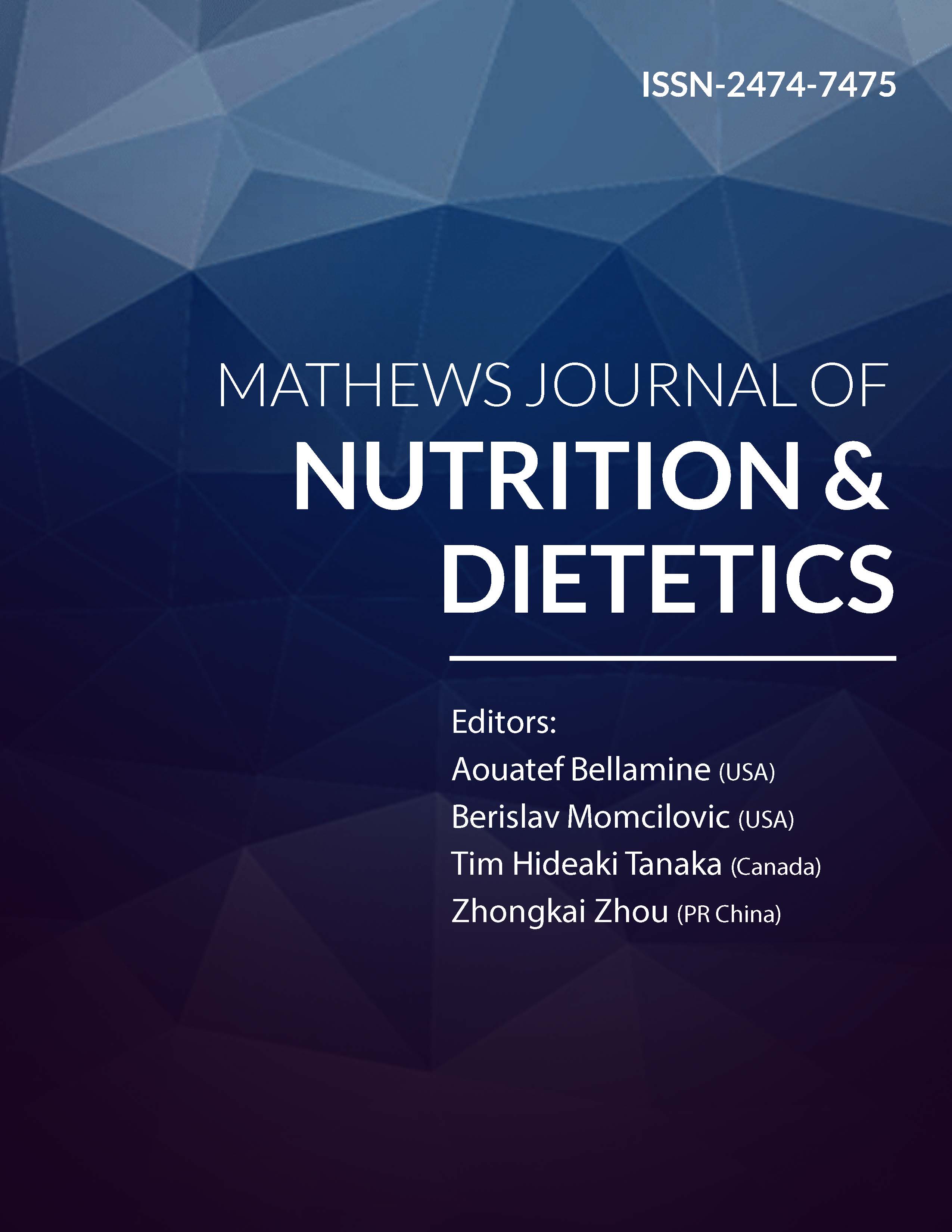
Information Links
Previous Issues Volume 3, Issue 1 - 2018
On Assessing Chromium, Cobalt and Nickel Nutritional Status by Analyzing Their Hair Frequency Distribution with a Median Derivatives Bioassay
Momcilovic B1 , Prejac J2 , Morovic S3 , Brundić S1 , Celebic A4 , Skalny AV5 , Mimica N6
1Institute for Research and Development of the Sustainable Ecosystems (IRES), Srebrnjak 59, 10000 Zagreb, Croatia.
2University Hospital Centre Zagreb, Department of Oncology, Kišpatićeva 12, 10000 Zagreb, Croatia.
3Aviva Medical Center, Nemetova 2, 10000 Zagreb, Croatia.
4University of Zagreb, School of Dental Medicine, Gundulićeva 5, 10000 Zagreb, Croatia.
5RUDN University, Miklukho-Maklaya str. 6, Moscow 117198, Russia.
6University Psychiatric Hospital Vrapče, Bolnička cesta 32, 10090 Zagreb, Croatia.
Corresponding Author: Berislav Momčilović, Institute for Research and Development of the Sustainable Ecosystems (IRES),
Srebrnjak 59, 10000 Zagreb, Croatia, Tel: +385 1 2430288; Email: [email protected]
ABSTRACT
The accurate assessment of the bioelement’s nutritional status is a condition sine qua non for judicious usage of the hair multi bioelement profiles in personalized medical practice. The term bioelement includes major elements and electrolytes, trace elements, and ultra-trace elements, since all of them are simultaneously entangled in the biological matrices of the hair and other tissues. This article aim to provide evidence on how hair is a suitable long- term biological indicator for the assessment of the nutritional status of cobalt, chromium, and nickel in the human body. Hair was collected from 1073 healthy adult subjects (339 Men, 734 Women). Hair samples were analyzed for their Co, Cr, and Ni content with the ICP-MS at the Center for Biotic Medicine, Moscow, Russia, and an ISO certified commercial laboratory for analyzing bioelements in the biological matrices. The log-transformed hair Co, Cr, and Ni frequency distribution data were statistically analyzed with the median derivatives bioassay. The generated bioassay sigmoid curves for Co, Cr, and Ni have a central linear range of concentrations that covers about 75% of the tested population. The observed linear segment of the sigmoid power curve (r2 ≥ 0.90) represents the adequate bioelement nutritional status where the deposition of a bioelement into the hair is linearly proportional to the hair follicle uptake of the available bioelement. The concentrations below that linear range were considered to be deficient and those above it as excessive, respectively. We have estimated that the adequate nutritional ranges provided by the hair analysis are (μg∙g-1): Co (♂ 0.006 – 0.022, ♀ 0.01 – 0.10); Cr (♂ 0.212 – 0.867, ♀ 0.189 – 0.626); and Ni (♂0.006 – 0.048, ♀0.150 – 0.926). Our assessment of the bioelement nutritional status is based on what was absorbed from the diet and what was actually incorporated into the protein (keratin) biological matrix of the human hair. The proposed bioassay is a promising tool for assessing the Co, Cr, and Ni nutritional status in medical practice, and for the study in the nutritional epidemiology of the vulnerable population groups like infant’s children and pregnant and lactating women.
KEYWORDS:
Bioelements; Nutritional Status; Hair; Whole Blood; Median Derivatives Bioassay; Cobalt, Chromium, Nickel.